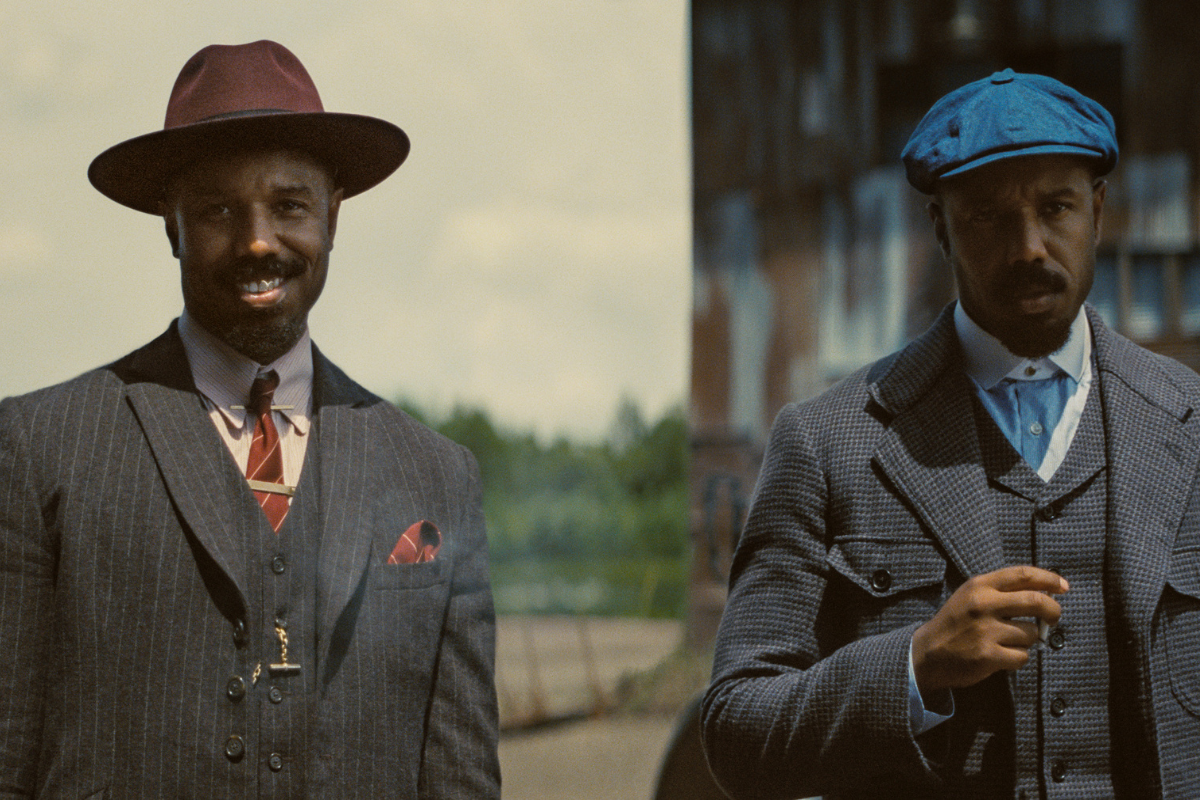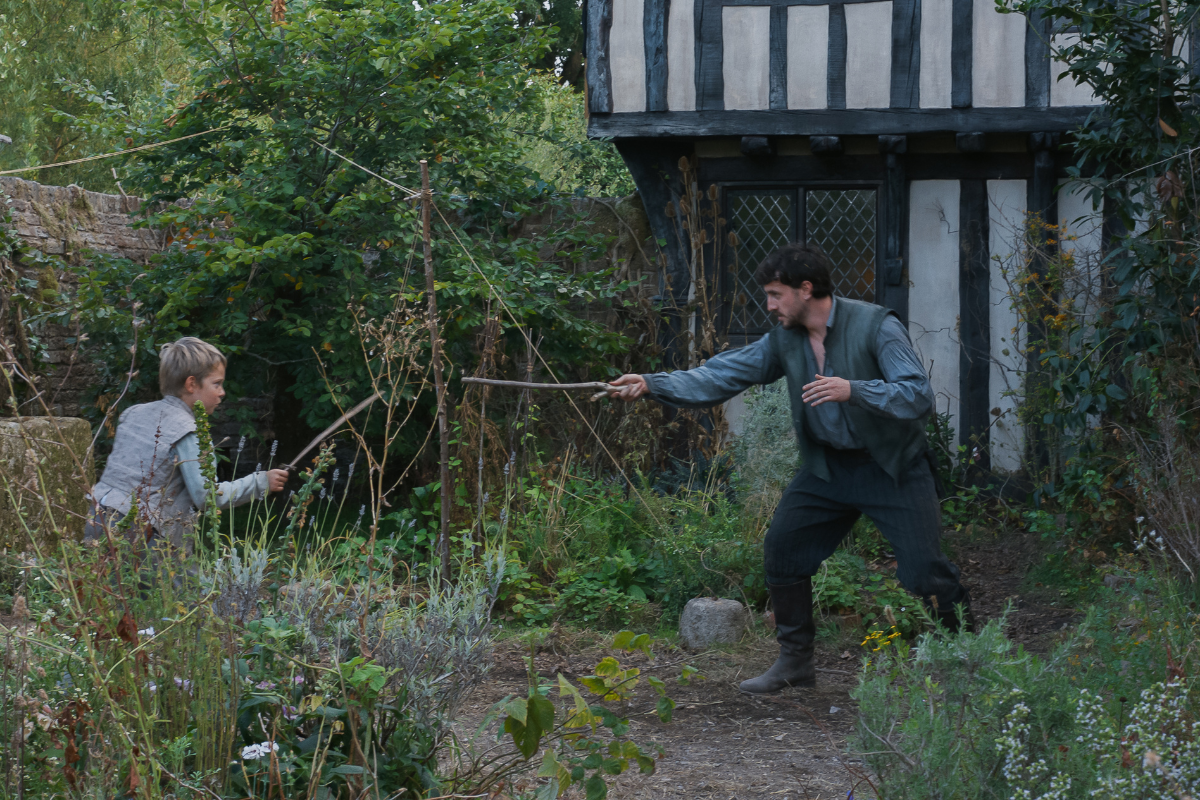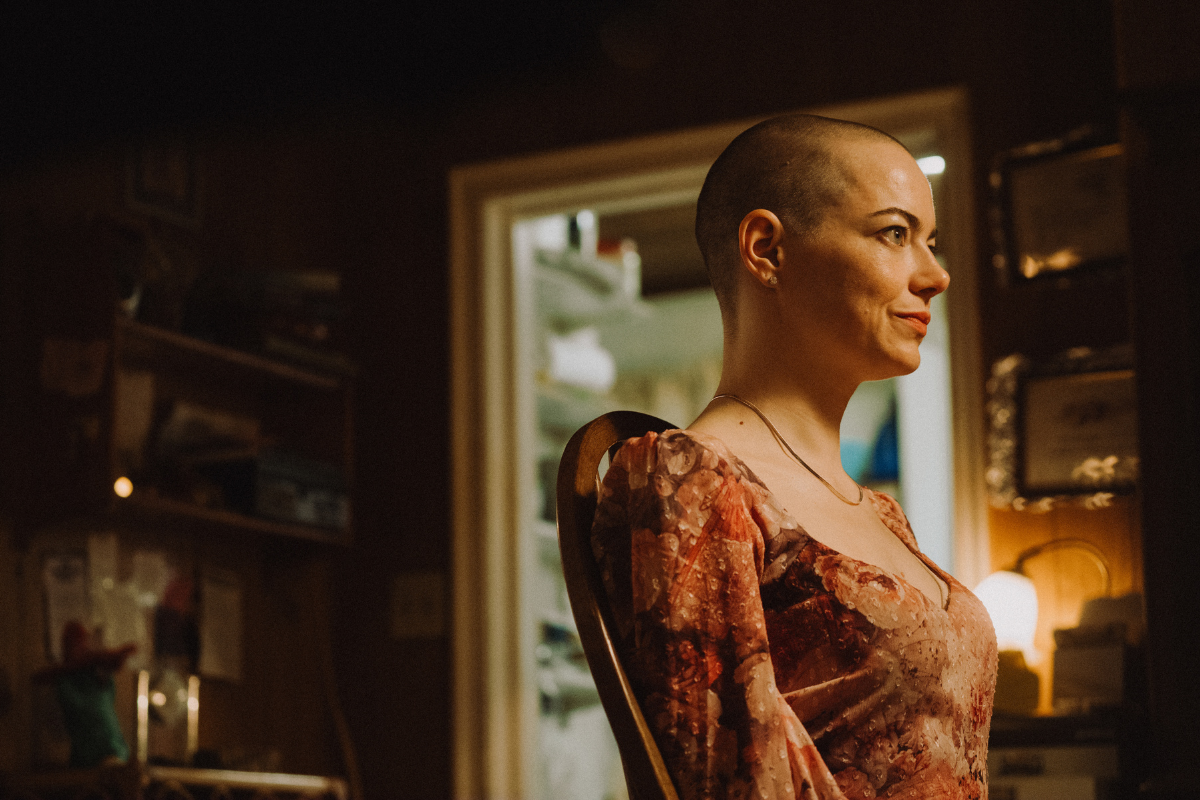BALLS OF STEEL™: How Long Does It Take to Finish a Script?
Jeanne Veillette Bowerman shares advice on how long it takes to finish a script to make it ready to pitch to Hollywood executives.
As I sat in my Panera office today writing, a friend popped in asking what I was working on. When I responded that I had another rewrite of Slavery by Another Name(SBAN) to get done, she gasped, “You’re STILL working on that script… hasn’t it been like 100 years since you started?”
My response, “Bleep, bleep, bleepity bleep, you bleepity bleep.”
Well, that was the response I gave in my head. The real one was, “No, not quite 100 years. Just four.”
When is a script ready to go out into the world?
Believe me, I’ve asked that question dozens of times, and when I started screenwriting, I gave myself the wrong answer almost as many (if you want to know just how many, read Balls of Steel:Dear New Screenwriter). In fact, I made the biggest, and most common, mistake a screenwriter can make – sending a script out too soon.
Kiss. Of. Death.
I know how exciting it is to type “FADE OUT” on your very first draft of your very first script. My eyes were full of tears as my printer shot out that final page. I clutched my warm, virgin script in my hands, hunting for brads to secure her together.
I wanted to scream from the rooftops and query any exec I could, “MY BABY HAS ARRIVED!”
*Screech of the breaks*
Don’t do that. EVER!
Instead, take that spanking new baby of yours and shove it in a dark, cold drawer… for about four weeks. Start something else. Distract yourself. Let her simmer in that dark place until she stops crying for you to pick her up. Tough love is what your baby needs.
Rewrite, rewrite, rewrite… until your head explodes.
We finished our first draft of SBAN on April 29, 2010… but who’s keeping track? By April 29, 2013, I will have draft number “I lost count” almost done. In the three years we’ve been rewriting this script, it has seen more changes than Taylor Swift’s relationship status.
- The protagonist changed.
- The race of our most important supporting character changed.
- The protagonist changed again.
- We killed someone.
- We killed someone else.
- We brought another person back to life.
- Witnesses were added and cut.
- Once we nailed the linear story, we shook the structure up ala The Social Network.
- Who knows what else will change before we’re done with “I lost count” draft.
During those three years, yes, we did pitch the script to some major players despite it not being perfect. In hindsight, I wish we held onto to it just a little bit more before unveiling her. But we wanted our narrative script to be ready by the time the documentary version of SBAN premiered at Sundance in 2012 and that required us to take some risks. We pushed to get it into the right hands, trying to ride the doc’s wave and hoping to gain support and the notes of top talent. Each draft we did, we thought was “the one,” until we got those notes. The more attention our script got, the higher up the food chain we were able to go… again, getting more notes. Each set of notes elevated our next rewrite.
With each pitch and each rejection, we added a new person and studio to our network. While they passed, they still believed in the project and in our ability to make it what it needed to be in order to be marketable and for someone to be willing to take the risk to spend millions of dollars to make it.
Because that is what your script has to tell anyone reading it – this is worth our spending MILLIONS of dollars on. We believe in it that much.
Not an easy task.
Why would someone spend millions of dollars? To make millions of dollars. The only way to do that is to attract an amazing group of artists to your story – director, actors, cinematographers, etc. Your script is merely a canvas for all of them to bring to life.
Take off the rose-colored glasses.
So before you submit your script to someone, ask these questions:
- Did I get any notes I agree with?
- If I were an A-list actor, would I want to play any of these roles?
- If I were reading this, would I need to keep turning the page to find out what happens next?
- If I had millions and millions of dollars, would I let it all ride on this script’s ability to put people’s asses in the seats of theaters across the world?
- Would a reader take a career risk by recommending your story to his boss?
- Did you take any shortcuts you’re embarrassed about?
- Is your theme clear?
- Would you have the guts to stand there “naked” while Meryl Streep pulled out a microphone and read your script to the entire world?
You need to be THAT proud of it. That confident of it. That secure in your efforts.
I want you to write this down somewhere in your pitching file and read it every single time you want to submit your script:
The first impression is a lasting impression.
One of the many things I’ve learned from Doug Richardson is when a Hollywood exec reads your script it’s for their job, not for their pleasure. You need to shock the hell out of them and make it a pleasurable read so they forget they're working as they devour your pages.
Now, it’s ready to pitch.
- Balls of Steel Goes Into the Writer's Room and Behind the Lines with DR
- Balls of Steel: 10 Tips to Prepare for Opportunities When They Knock
- Balls of Steel: Are You Afraid of Success?
- Balls of Steel: Editing is Murder
- Writing Successful Loglines, Query Letters and One Sheets On Demand Webinar
Need Editing Tips? Get 5 Top Reasons to Take Rewriting Seriously plus our FREE Rewrite Checklist Download
Jeanne Veillette Bowerman is a Senior Executive at Pipeline Media Group and Book Pipeline, Editor-in-Chief of Pipeline Artists, Director of Symposium—a year-round conference in the arts, co-host "Reckless Creatives" podcast, partner at Fringe Press, former Editor-in-Chief of Script magazine and a former Senior Editor at Writer's Digest. Recognized as one of the "Top 10 Most Influential Screenwriting Bloggers," her "Balls of Steel" column was selected as recommended reading by Universal Writers Program. A compilation of her articles is now available at The Writers Store—Balls of Steel: The Screenwriter's Mindset. She is also Co-Founder and moderator of X's weekly screenwriters’ chat, #Scriptchat, and wrote the narrative adaptation of the Pulitzer Prize-winning book, Slavery by Another Name, with its author, Douglas A. Blackmon, former senior national correspondent of The Wall Street Journal. More information can be found on her website. X: @jeannevb | IG/Threads: @jeannevb_ | BlueSky: @jeannevb.bsky.social







